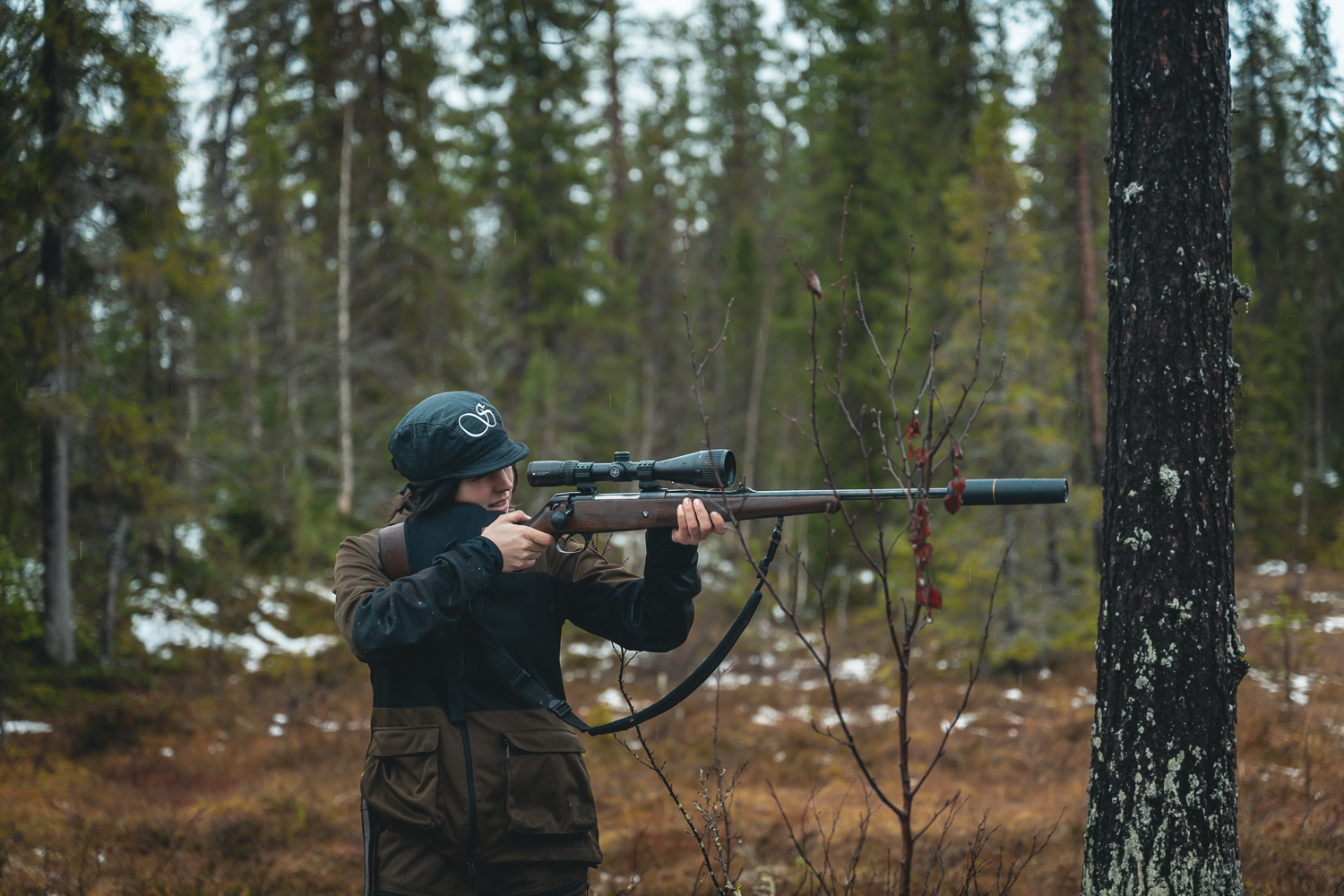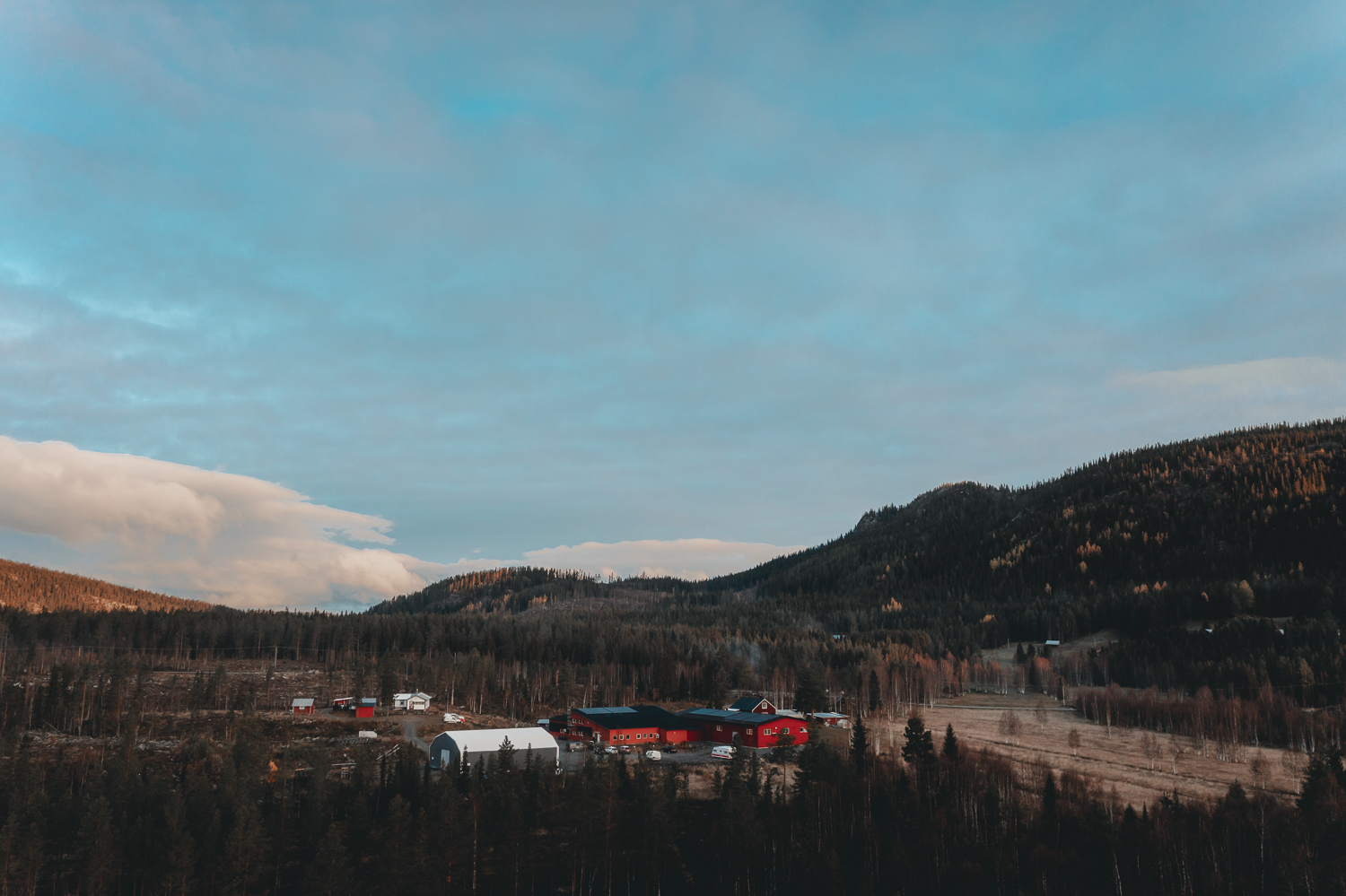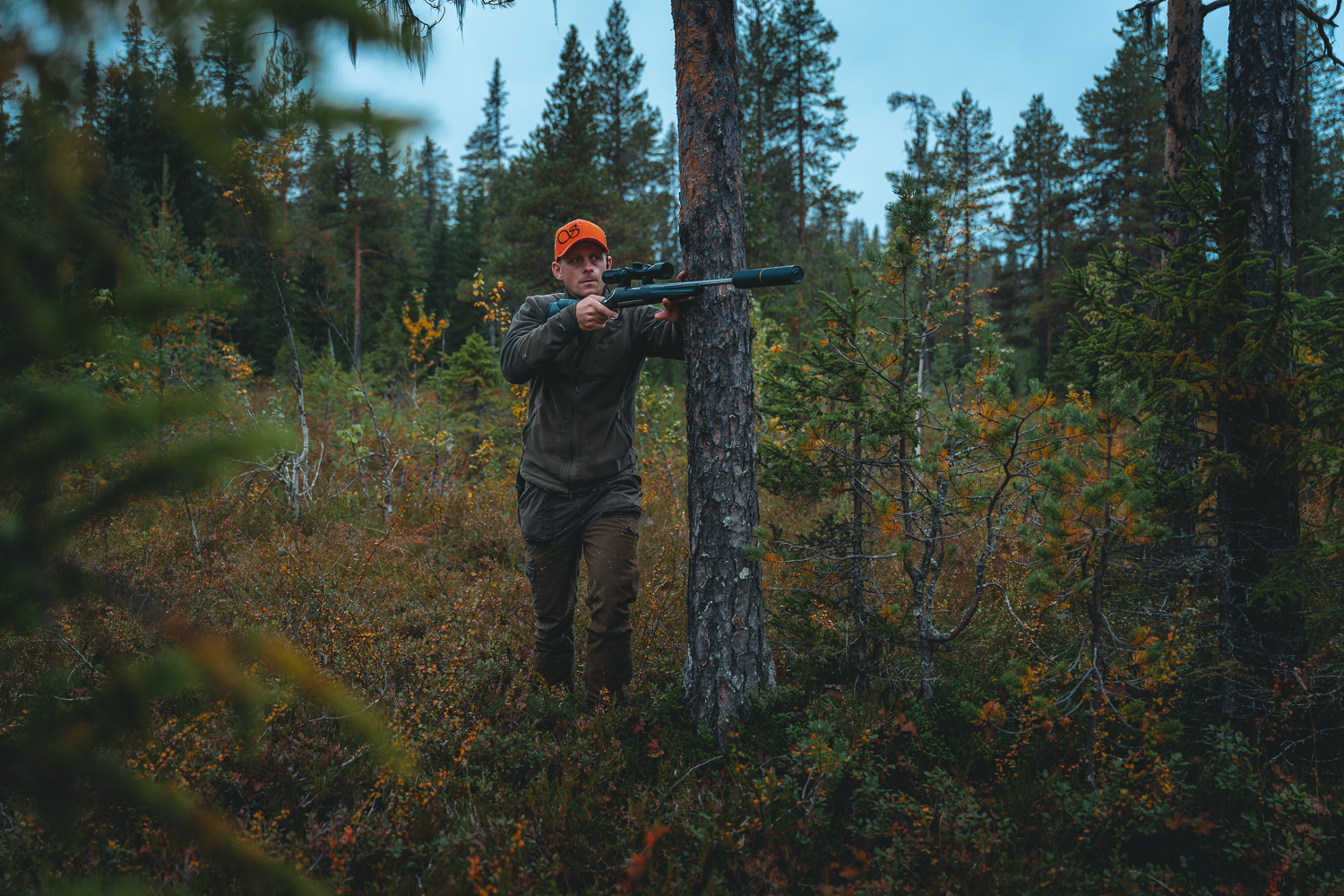Recoil
Recoil is a natural consequence of firing a bullet, where the backward force occurs when the cartridge ignites and gases from the gunpowder expand. This effect, varying in intensity, is not only a physical response but also a crucial factor for both safety and precision in hunting and shooting.
Silencers have proven to be an effective solution for managing this. By understanding how recoil works and how silencers affect it, we can create a more comfortable and controllable overall experience for hunters.

What is recoil?
Recoil is the backward force that occurs when a firearm is fired. When a cartridge ignites inside the firearm's chamber, a large amount of gases from the gunpowder rapidly expand, creating very high pressure. This pressure pushes the bullet through the firearm's barrel at an incredible speed. Recoil is a physical effect generated from the release of gases and the bullet being shot away from the firearm. This means that the firearm moves backward in the opposite direction to the one in which the bullet is shot.
Recoil can vary in intensity depending on factors such as caliber, firearm weight, type of ammunition used, amount of gunpowder, and firearm design. Larger calibers and heavier ammunition typically generate more recoil. A heavier firearm weight can reduce the perceived recoil force by absorbing some of the energy.
Why would one want to reduce recoil?
Reducing recoil and its significant force is of great importance for various reasons to create a positive experience in hunting and shooting. Many hesitate due to heavy recoil, and some don't even dare to try despite a strong desire. High recoil can be uncomfortable and painful for the shooter, and it can even lead to physical injuries with prolonged exposure. High recoil also affects accuracy and the ability to recover between shots. When a firearm recoils heavily, it may take longer for the shooter to regain composure between shots, creating a delay for a possible follow-up shot.

How is recoil reduced?
All Stalon silencers reduce recoil when firing shots. The silencer acts as an expansion chamber where gases can expand and cool slightly before being released into the environment. By spreading out the gases and reducing their velocity inside the silencer, the force from the expanding gunpowder is diminished.
Furthermore, silencers are made from materials that add extra weight to the firearm's barrel. This weight helps balance the firearm and reduce movement after firing, further decreasing the perceived force from the recoil. Lastly, silencers contain damping materials designed to absorb and convert the energy from the recoil.
By combining these mechanisms, silencers can effectively contribute to reducing recoil and thus make the shooting experience more comfortable and controllable. It's therefore common for many hunters to choose to use silencers not only to protect their hearing but also to improve precision and comfort.










